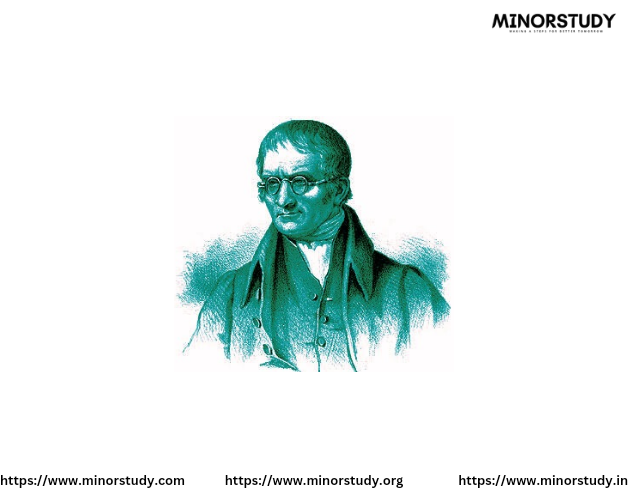MythBusters: An American TV series that confirms or debunks science-related stories
- Minorstudy Web blogs
- Dec 7, 2024
- 3 min read

MythBusters is a popular American television series that originally aired on the Discovery Channel from 2003 to 2016. The show, created by Peter Rees and hosted by Adam Savage and Jamie Hyneman, focuses on testing the validity of myths, urban legends, and popular science-related stories. The hosts, along with their team of experts, use scientific methods and experiments to confirm or debunk widely believed myths, often adding a humorous and entertaining spin to the process.
Key Aspects of MythBusters:
Science and Experimentation: The core of MythBusters is based on scientific inquiry. The hosts design experiments to test myths in real-life scenarios, often using controlled conditions and extensive testing. The goal is to see if the myth holds up under scrutiny or if it’s simply an exaggerated or fabricated story.
Testing Myths and Urban Legends: Myths and urban legends from popular culture, historical anecdotes, and viral stories are presented to the team, and they investigate whether the claims can be verified. For example, they tested myths like "Can you really build a rocket car using a vacuum cleaner?" or "Is it possible to jump a car over a moving bus?"
The Process: Each episode typically focuses on one or more myths. The team uses engineering, physics, chemistry, and other scientific principles to design experiments and measure results. They break the myth down into key components and carefully simulate the conditions under which the myth would supposedly occur.
The Myth-Busting Team: While Adam Savage and Jamie Hyneman were the primary hosts, the show also featured a rotating cast of assistants and experts. This included Kari Byron, Grant Imahara, and Tory Belleci, who were integral parts of the show. They helped in conducting experiments, building test setups, and sometimes debunking myths in creative ways.
Categories of Myths: The myths tested on MythBusters span a wide variety of categories:
Physics: Testing concepts like gravity, friction, motion, and other physical forces.
Engineering: Building devices or mechanisms to see if they work as claimed.
Chemistry: Using chemical reactions to test claims, such as the explosive potential of certain materials.
Popular Culture: MythBusters often delved into myths surrounding movies, TV shows, and pop culture to see if things depicted on screen could happen in real life.
Popular Features:
Busting vs. Confirming: At the end of each episode, the team categorizes the myth as "Busted," "Plausible," or "Confirmed." This simple system made it easy for viewers to understand the outcome of each experiment.
Explosive Experiments: Many episodes involved dramatic and exciting experiments, with controlled explosions, crashes, and intense tests. The show's combination of action, science, and humor made it a thrilling watch.
Impact and Legacy: MythBusters became a cultural phenomenon, not only educating viewers about science but also sparking curiosity about how everyday myths and ideas could be tested. It encouraged critical thinking, problem-solving, and an appreciation for the scientific method. The show inspired spin-offs and even influenced future science-related programming.
Why It Was Popular:
Educational and Entertaining: The show successfully blended education with entertainment, making complex scientific concepts fun and accessible. The use of hands-on experiments and experiments led to memorable moments that captivated audiences.
Relatable and Approachable: The hosts were down-to-earth and humorous, making the science behind the experiments feel less intimidating. They also showed that anyone could conduct experiments and engage with science, regardless of formal education or background.
Myth-Busting Drama: The show had an element of suspense, with many episodes building towards the grand reveal of whether the myth would be confirmed or debunked. The scientific testing process was often punctuated by exciting explosions or unexpected results, keeping audiences engaged.
In Summary:
MythBusters was a groundbreaking television series that combined the thrill of experimentation with the rigor of the scientific method. Hosted by Adam Savage and Jamie Hyneman, the show entertained and educated audiences by testing popular myths and urban legends, often revealing surprising truths or debunking falsehoods. The show’s legacy is marked by its ability to make science fun, accessible, and exciting for people of all ages. Whether confirming or busting myths, MythBusters left a lasting impact on how people view and engage with the world of science and technology.











Comments